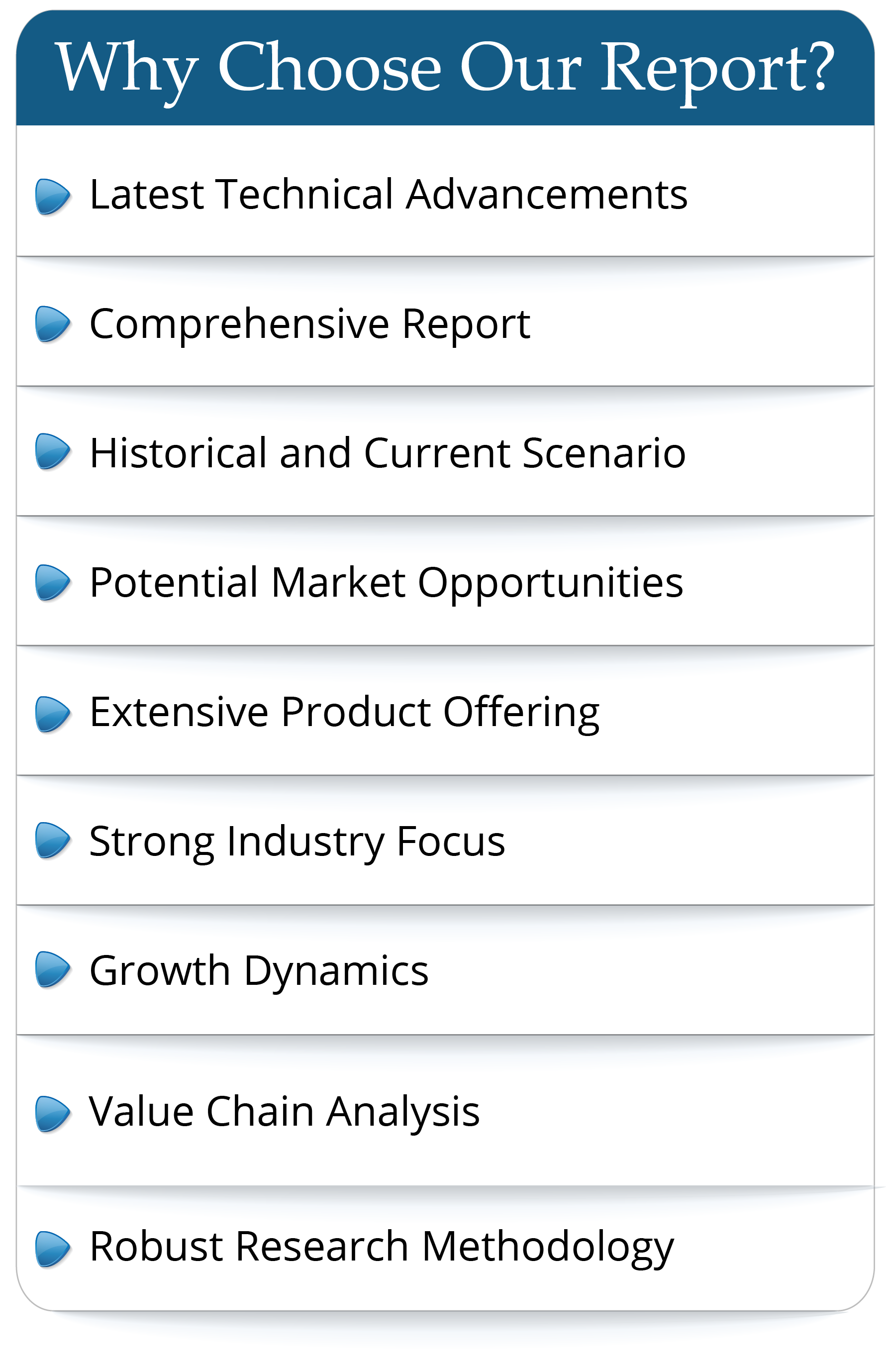The global Limited Slip Differential (LSD) market size was valued at USD 731.61 Million in 2022 and will reach USD 1033.11 Million in 2028, with a CAGR of 5.92% during 2022-2028.
The limited slip differential is an improved differential that restricts wheel slip. It refers to a differential that allows the speed difference of the driving wheels on both sides to be within a certain range to ensure normal cornering and other driving performance.
Region Overview:
In 2021, the share of the Limited Slip Differential (LSD) market in Asia stood at 35.47%.
Company Overview:
AAM, JTEKT, GKN, BorgWarner and DANA are the five key players in the global Limited Slip Differential (LSD) market. These companies have shown consistent growth in revenue, larger volumes of sales and a prominent presence in terms of share in the global Limited Slip Differential (LSD) market in the past 5 years.
AAM
American Axle & Manufacturing, Inc. provides automotive products. The Company offers electric and hybrid driveline, powder forged connecting rods, clutch modules, rubber molded sprockets, damped gears, axle shafts, and tie rod sockets. American Axle & Manufacturing serves automotive, commercial, and industrial markets worldwide.
JTEKT
JTEKT Corporation manufactures bearings for motor vehicles and electronic equipment. The Company also produces steering systems and oil seals for automobiles, electronic control units, and machine tools.
Segmentation Overview:
By type, Electronic LSD segment accounted for the largest share of market in 2021.
Mechanical LSD
Mechanical limited-slip differentials operate entirely on mechanical structures, which are reliable in structure, but their functions are relatively single, and some structures have higher requirements for driving skills. Commonly used are friction plate type, cam slider and Torson type mechanical limited slip differential. The friction plate type limited slip differential has simple structure and is widely used. The cam slider type limited slip differential uses inertial limited slip and is mostly used in SUVs. The Torson differential uses the worm/turbine one-way motion principle to lock and react fast speed, complex structure and high cost.
Electronic LSD
With the development of automobile technology, there are more and more electronic limited-slip differentials. They are equipped with multi-disc clutches for torque distribution on the basis of ordinary open differentials, and they have gradually replaced mechanical limited-slip differentials. trend. In addition, electronic systems such as ESP also extend the role of a similar electronic limited slip differential, which is the so-called "electronic differential lock" on many configuration tables.
Application Overview:
By application, the SUV & Pickup Truck segment occupied the biggest share from 2017 to 2022.
The Limited Slip Differential (LSD) market report covers sufficient and comprehensive data on market introduction, segmentations, status and trends, opportunities and challenges, industry chain, competitive analysis, company profiles, and trade statistics, etc. It provides in-depth and all-scale analysis of each segment of types, applications, players, 5 major regions and sub-division of major countries, and sometimes end user, channel, technology, as well as other information individually tailored before order confirmation.
Meticulous research and analysis were conducted during the preparation process of the report. The qualitative and quantitative data were gained and verified through primary and secondary sources, which include but not limited to Magazines, Press Releases, Paid Databases, Maia Data Center, National Customs, Annual Reports, Public Databases, Expert interviews, etc. Besides, primary sources include extensive interviews of key opinion leaders and industry experts such as experienced front-line staff, directors, CEOs, and marketing executives, downstream distributors, as well as end-clients.
In this report, the historical period starts from 2018 to 2022, and the forecast period ranges from 2023 to 2028. The facts and data are demonstrated by tables, graphs, pie charts, and other pictorial representations, which enhances the effective visual representation and decision-making capabilities for business strategy.
Key Companies in the global Limited Slip Differential (LSD) market covered in Chapter 4:
DANA
Quaife
GKN
AAM
BorgWarner
KAAZ
CUSCO
TANHAS
Eaton
JTEKT
In Chapter 12 and Chapter 14.1, on the basis of types, the Limited Slip Differential (LSD) market from 2018 to 2028 is primarily split into:
Mechanical LSD
Electronic LSD
Other
In Chapter 13 and Chapter 14.2, on the basis of the Downstream Industry, the Limited Slip Differential (LSD) market from 2018 to 2028 covers:
SUV & Pickup Truck
Sedan & Hatchback
Geographically, the detailed analysis of consumption, revenue, market share and growth rate, history and forecast (2018-2028) of the following regions are covered in Chapters 6, 7, 8, 9, 10, 11, 15:
North America (United States, Canada, Mexico)
Europe (Germany, United Kingdom, France, Italy, Spain)
Asia Pacific (China, Japan, South Korea, India, Southeast Asia)
South America (Brazil, Argentina)
Middle East & Africa (Saudi Arabia, UAE, South Africa)
Outline:
Chapter 1 begins with the Limited Slip Differential (LSD) market scope and definition, product segment introduction, global overall market size, as well as market dynamics scenarios such as opportunities, challenges, and industry development trends under inflation. It offers a high-level view of the current state of the Limited Slip Differential (LSD) market and its likely evolution in the short to mid-term and long term.
Chapter 2 provides Limited Slip Differential (LSD) industry chain analysis, covering raw materials analysis, cost structure, price estimate, and forecast, along with price-impacting factors, downstream channels, and major customers. It aims to help readers to grab insights into product upstream, midstream, and downstream fields.
Chapter 3 depicts Limited Slip Differential (LSD) industry competitive analysis regarding market concentration rate, saturation rate, feasibility analysis from new entrants, as well as substitute's status and trends. It indicates the developing space and prospects of the current industry.
Chapter 4 analyzes extensive company profiles, comprising company basic info, product or service profiles, and sales, price, value, gross, and gross margin 2018-2023. It incorporates the Limited Slip Differential (LSD) market ranking, benchmarks, and company business portfolio.
Chapter 5 presents trade statistics of import and export volume from 2018-2023, demonstrating domestic and international market comparisons in specific countries.
Chapters 6-10 highlight Limited Slip Differential (LSD) market status at the regional and country levels, including 5 major regions of North America, Europe, Asia Pacific, the Middle East and Africa, and Latin America. The region and country list in the sample is only for reference, and it can be adjusted as required.
Chapter 11 involves geographical market figures of sales, value, market share, and growth rate. Economic, social, environmental, technological, and political factors have been taken into consideration while assessing the growth of each specific region.
Chapters 12-13 evaluate the Limited Slip Differential (LSD) market based on different types and applications. It focuses on sales and value of 2018-2023 from both vertical and horizontal perspectives.
Chapters 14-15 elaborate on the Limited Slip Differential (LSD) market forecast data from 2023-2028, segmented by types and applications, regions, and major countries, helping readers to know future aspects and growth trends.
Chapter 16 ends with an elaboration of data sources and research methodology. All possible parameters that affect the markets covered in this research study have been accounted for, viewed in extensive detail, verified through primary research, and analyzed to get the final quantitative and qualitative data.
2022
The limited slip differential is an improved differential that restricts wheel slip. It refers to a differential that allows the speed difference of the driving wheels on both sides to be within a certain range to ensure normal cornering and other driving performance.
Region Overview:
In 2021, the share of the Limited Slip Differential (LSD) market in Asia stood at 35.47%.
Company Overview:
AAM, JTEKT, GKN, BorgWarner and DANA are the five key players in the global Limited Slip Differential (LSD) market. These companies have shown consistent growth in revenue, larger volumes of sales and a prominent presence in terms of share in the global Limited Slip Differential (LSD) market in the past 5 years.
AAM
American Axle & Manufacturing, Inc. provides automotive products. The Company offers electric and hybrid driveline, powder forged connecting rods, clutch modules, rubber molded sprockets, damped gears, axle shafts, and tie rod sockets. American Axle & Manufacturing serves automotive, commercial, and industrial markets worldwide.
JTEKT
JTEKT Corporation manufactures bearings for motor vehicles and electronic equipment. The Company also produces steering systems and oil seals for automobiles, electronic control units, and machine tools.
Segmentation Overview:
By type, Electronic LSD segment accounted for the largest share of market in 2021.
Mechanical LSD
Mechanical limited-slip differentials operate entirely on mechanical structures, which are reliable in structure, but their functions are relatively single, and some structures have higher requirements for driving skills. Commonly used are friction plate type, cam slider and Torson type mechanical limited slip differential. The friction plate type limited slip differential has simple structure and is widely used. The cam slider type limited slip differential uses inertial limited slip and is mostly used in SUVs. The Torson differential uses the worm/turbine one-way motion principle to lock and react fast speed, complex structure and high cost.
Electronic LSD
With the development of automobile technology, there are more and more electronic limited-slip differentials. They are equipped with multi-disc clutches for torque distribution on the basis of ordinary open differentials, and they have gradually replaced mechanical limited-slip differentials. trend. In addition, electronic systems such as ESP also extend the role of a similar electronic limited slip differential, which is the so-called "electronic differential lock" on many configuration tables.
Application Overview:
By application, the SUV & Pickup Truck segment occupied the biggest share from 2017 to 2022.
The Limited Slip Differential (LSD) market report covers sufficient and comprehensive data on market introduction, segmentations, status and trends, opportunities and challenges, industry chain, competitive analysis, company profiles, and trade statistics, etc. It provides in-depth and all-scale analysis of each segment of types, applications, players, 5 major regions and sub-division of major countries, and sometimes end user, channel, technology, as well as other information individually tailored before order confirmation.
Meticulous research and analysis were conducted during the preparation process of the report. The qualitative and quantitative data were gained and verified through primary and secondary sources, which include but not limited to Magazines, Press Releases, Paid Databases, Maia Data Center, National Customs, Annual Reports, Public Databases, Expert interviews, etc. Besides, primary sources include extensive interviews of key opinion leaders and industry experts such as experienced front-line staff, directors, CEOs, and marketing executives, downstream distributors, as well as end-clients.
In this report, the historical period starts from 2018 to 2022, and the forecast period ranges from 2023 to 2028. The facts and data are demonstrated by tables, graphs, pie charts, and other pictorial representations, which enhances the effective visual representation and decision-making capabilities for business strategy.
Key Companies in the global Limited Slip Differential (LSD) market covered in Chapter 4:
DANA
Quaife
GKN
AAM
BorgWarner
KAAZ
CUSCO
TANHAS
Eaton
JTEKT
In Chapter 12 and Chapter 14.1, on the basis of types, the Limited Slip Differential (LSD) market from 2018 to 2028 is primarily split into:
Mechanical LSD
Electronic LSD
Other
In Chapter 13 and Chapter 14.2, on the basis of the Downstream Industry, the Limited Slip Differential (LSD) market from 2018 to 2028 covers:
SUV & Pickup Truck
Sedan & Hatchback
Geographically, the detailed analysis of consumption, revenue, market share and growth rate, history and forecast (2018-2028) of the following regions are covered in Chapters 6, 7, 8, 9, 10, 11, 15:
North America (United States, Canada, Mexico)
Europe (Germany, United Kingdom, France, Italy, Spain)
Asia Pacific (China, Japan, South Korea, India, Southeast Asia)
South America (Brazil, Argentina)
Middle East & Africa (Saudi Arabia, UAE, South Africa)
Outline:
Chapter 1 begins with the Limited Slip Differential (LSD) market scope and definition, product segment introduction, global overall market size, as well as market dynamics scenarios such as opportunities, challenges, and industry development trends under inflation. It offers a high-level view of the current state of the Limited Slip Differential (LSD) market and its likely evolution in the short to mid-term and long term.
Chapter 2 provides Limited Slip Differential (LSD) industry chain analysis, covering raw materials analysis, cost structure, price estimate, and forecast, along with price-impacting factors, downstream channels, and major customers. It aims to help readers to grab insights into product upstream, midstream, and downstream fields.
Chapter 3 depicts Limited Slip Differential (LSD) industry competitive analysis regarding market concentration rate, saturation rate, feasibility analysis from new entrants, as well as substitute's status and trends. It indicates the developing space and prospects of the current industry.
Chapter 4 analyzes extensive company profiles, comprising company basic info, product or service profiles, and sales, price, value, gross, and gross margin 2018-2023. It incorporates the Limited Slip Differential (LSD) market ranking, benchmarks, and company business portfolio.
Chapter 5 presents trade statistics of import and export volume from 2018-2023, demonstrating domestic and international market comparisons in specific countries.
Chapters 6-10 highlight Limited Slip Differential (LSD) market status at the regional and country levels, including 5 major regions of North America, Europe, Asia Pacific, the Middle East and Africa, and Latin America. The region and country list in the sample is only for reference, and it can be adjusted as required.
Chapter 11 involves geographical market figures of sales, value, market share, and growth rate. Economic, social, environmental, technological, and political factors have been taken into consideration while assessing the growth of each specific region.
Chapters 12-13 evaluate the Limited Slip Differential (LSD) market based on different types and applications. It focuses on sales and value of 2018-2023 from both vertical and horizontal perspectives.
Chapters 14-15 elaborate on the Limited Slip Differential (LSD) market forecast data from 2023-2028, segmented by types and applications, regions, and major countries, helping readers to know future aspects and growth trends.
Chapter 16 ends with an elaboration of data sources and research methodology. All possible parameters that affect the markets covered in this research study have been accounted for, viewed in extensive detail, verified through primary research, and analyzed to get the final quantitative and qualitative data.
Years considered for this report:
Historical Years:
2018-2022Base Year:
2022Estimated Year:
2023Forecast Period:
2023-2028Frequently Asked Questions
This market study covers the global and regional market with an in-depth analysis of the overall growth prospects in the market. Furthermore, it sheds light on the comprehensive competitive landscape of the global market. The report further offers a dashboard overview of leading companies encompassing their successful marketing strategies, market contribution, recent developments in both historic and present contexts.
- By product type
- By End User/Applications
- By Technology
- By Region
The report provides a detailed evaluation of the market by highlighting information on different aspects which include drivers, restraints, opportunities, and threats. This information can help stakeholders to make appropriate decisions before investing.

 Pre-order Enquiry
Pre-order Enquiry Request Free Sample
Request Free Sample












